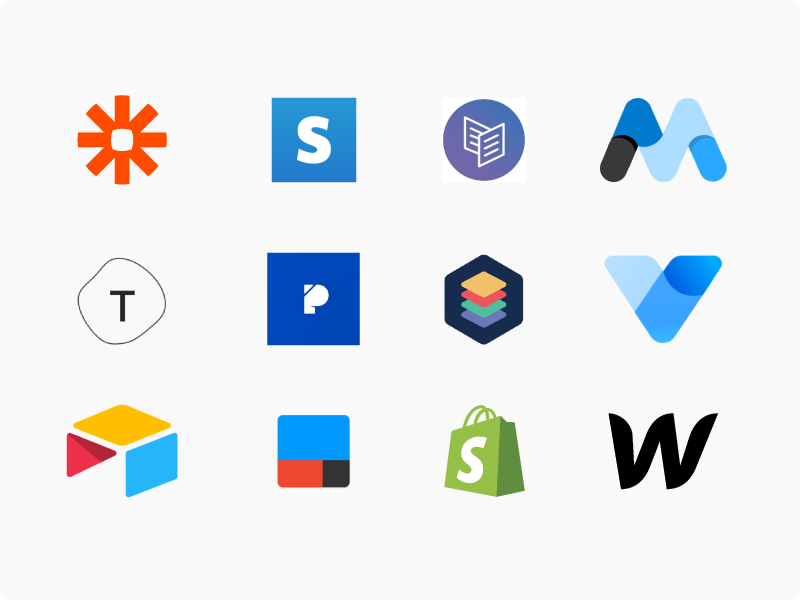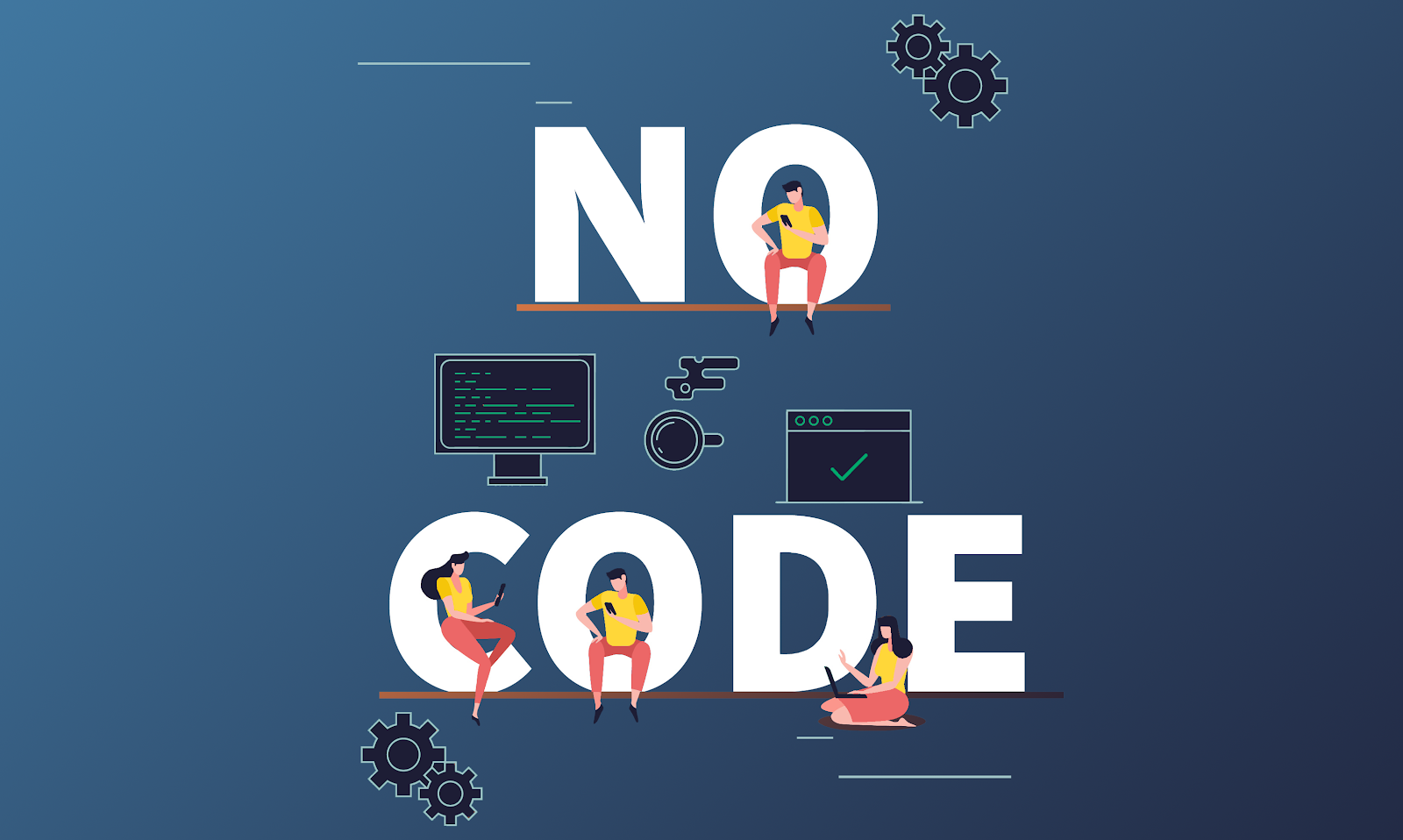Unlocking the Prospective of Scalable Databases: No Coding Required for Seamless Data Integration and Management
The development of no-code options is transforming just how companies approach scalable databases, making it possible for smooth data assimilation and administration without the requirement for extensive coding skills. This standard shift provides substantial advantages, such as enhanced access for non-technical customers and boosted functional effectiveness. As companies seek to harness the power of their information, the key features and prominent tools that promote this transition warrant more detailed evaluation. What ramifications do these innovations hold for the future of data-driven decision-making?
Recognizing Scalable Data Sources
Exactly how do scalable databases fit the growing needs of contemporary applications? Scalable databases are designed to deal with increasing quantities of data and individual demands without sacrificing performance. They accomplish this via two main techniques: upright scaling and horizontal scaling. Vertical scaling, or scaling up, involves adding extra resources, such as CPU and RAM, to an existing server. On the other hand, horizontal scaling, or scaling out, includes adding a lot more servers to disperse the load, permitting for higher versatility and resilience.
In enhancement to scaling methods, scalable data sources commonly incorporate advanced building attributes, such as sharding and replication. Sharding divides data right into smaller, workable pieces, allowing parallel handling and lowering feedback times. Replication makes sure information schedule and resilience by producing duplicates of information throughout multiple nodes, securing versus prospective data loss.
Additionally, contemporary scalable data sources take advantage of cloud computing technologies, enabling vibrant resource appropriation based upon need. This versatility permits companies to react swiftly to varying work, guaranteeing ideal performance and user experience. As organizations progressively depend on data-driven decision-making, comprehending scalable data sources ends up being vital for harnessing their potential in sustaining contemporary applications.
Advantages of No-Code Solutions
As organizations increasingly embrace scalable data sources to handle their expanding data requirements, the need for easy to use development tools has actually likewise surged. No-code options are emerging as a vital element in this landscape, supplying numerous essential benefits that boost functional effectiveness and accessibility.

Secondly, these options significantly increase the advancement process. By getting rid of the demand for coding, companies can rapidly model applications, iterate on designs, and release options in a portion of the moment called for by standard approaches. This dexterity makes it possible for businesses to respond quickly to market needs and transforming problems.
In addition, no-code systems usually come equipped with pre-built design templates and assimilation abilities, simplifying the link with existing systems. This minimizes the intricacy typically connected with information integration, ultimately decreasing the total cost of ownership. Consequently, companies can concentrate on leveraging data insights as opposed to getting bogged down in technological ins and outs, maximizing their calculated capacity.
Secret Attributes for Data Assimilation
Efficient data assimilation is important for companies looking for to harness the complete capacity of their scalable data sources. Key functions that promote smooth information integration include robust information connectors, automated information mapping, and real-time data synchronization.
Robust information ports allow organizations to connect various information resources, whether they live on-premises or in the cloud, making sure thorough access to varied datasets - no-code. Automated data mapping simplifies the process of lining up diverse data formats and structures, enabling quicker and much more precise assimilation procedures. This attribute lessens the demand for manual intervention, minimizing the capacity for errors
Real-time information synchronization is another critical attribute that makes sure data uniformity across platforms. By updating data in real-time, companies can keep a precise and up-to-date view of their details landscape, which is vital for timely decision-making. Additionally, user-friendly dashboards and visual analytics enhance the presence of incorporated data, permitting stakeholders to acquire actionable insights easily.
Lastly, information administration capacities make sure compliance with policies and inner plans, securing sensitive details while advertising a culture of information integrity. Jointly, these attributes empower companies to attain efficient and efficient information integration.
Popular No-Code Equipment Available
Organizations progressively count on helpful hints no-code tools to improve their data integration processes and simplify workflows. These platforms remove the requirement for substantial shows understanding, making it possible for customers to produce applications and manage data with user-friendly aesthetic user interfaces. Amongst one of the most popular no-code devices are Airtable, Zoho Maker, and Bubble, each offering unique attributes customized for numerous organization requirements.
Airtable combines the simpleness of spread sheets with the functionality of data sources, permitting individuals to organize and work together on data effectively. Zoho Maker provides an extensive collection of personalized applications, enabling customers to automate workflows and incorporate with other Zoho items perfectly. Bubble stands out for its capacity to develop innovative web applications without coding, dealing with start-ups and business alike.
In addition, devices like Zapier and Integromat facilitate automatic process by incorporating several applications, enabling users to attach information sources easily. These no-code remedies not only save time however also empower teams to concentrate on strategic initiatives rather than technical difficulties. As companies proceed to embrace digital transformation, the adoption of no-code tools is readied to transform the way information assimilation and management are come close to, driving performance and innovation.
Real-World Use Instances
Numerous markets have successfully executed no-code devices to attend to particular obstacles and improve operational efficiency. In the healthcare industry, for circumstances, companies utilize no-code systems to improve patient document monitoring and appointment scheduling. By incorporating various information resources without considerable coding, healthcare specialists can concentrate much more on patient care as opposed to management jobs.
In retail, organizations leverage no-code data sources to handle supply and sales information in actual time. no-code. This allows for quick decision-making relating to stock levels and marketing approaches, inevitably improving customer complete satisfaction and sales efficiency
Additionally, economic organizations have actually embraced no-code options to automate conformity reporting and data analysis, speeding up and decreasing hand-operated errors feedback times to regulative adjustments.

These real-world usage situations show the adaptability and efficiency of no-code devices in different markets, showing that scalable databases can drive development and functional click here now performance without the need for comprehensive programming knowledge.
Conclusion
In conclusion, the combination of no-code solutions right into scalable database administration represents a significant development in information dealing with abilities. By helping with seamless connections between varied data sources and automating workflows, these tools empower companies to efficiently manage expanding information volumes without the need for technical expertise. The resultant enhancement in operational effectiveness and visit site data-driven decision-making underscores the transformative possibility of these innovative methods within different industries, ultimately supporting tactical goals and cultivating organizational development.
Duplication ensures data accessibility and toughness by developing copies of data throughout numerous nodes, securing versus possible data loss. - no-code
Durable data adapters enable organizations to connect numerous data sources, whether they live on-premises or in the cloud, guaranteeing detailed access to varied datasets. Automated data mapping streamlines the process of aligning inconsonant data styles and structures, enabling for quicker and more exact integration procedures.Real-time data synchronization is an additional important function that guarantees information uniformity across platforms. By facilitating seamless connections between varied information resources and automating operations, these tools equip organizations to efficiently take care of growing information quantities without the need for technical knowledge.